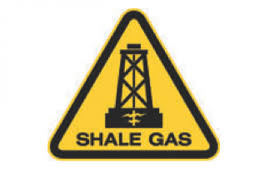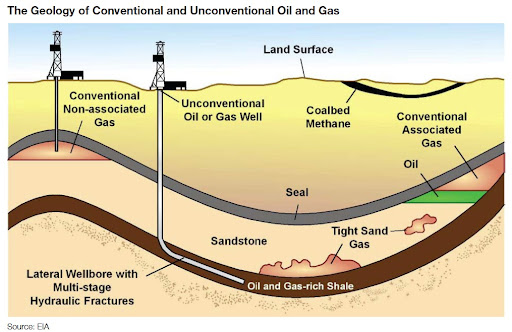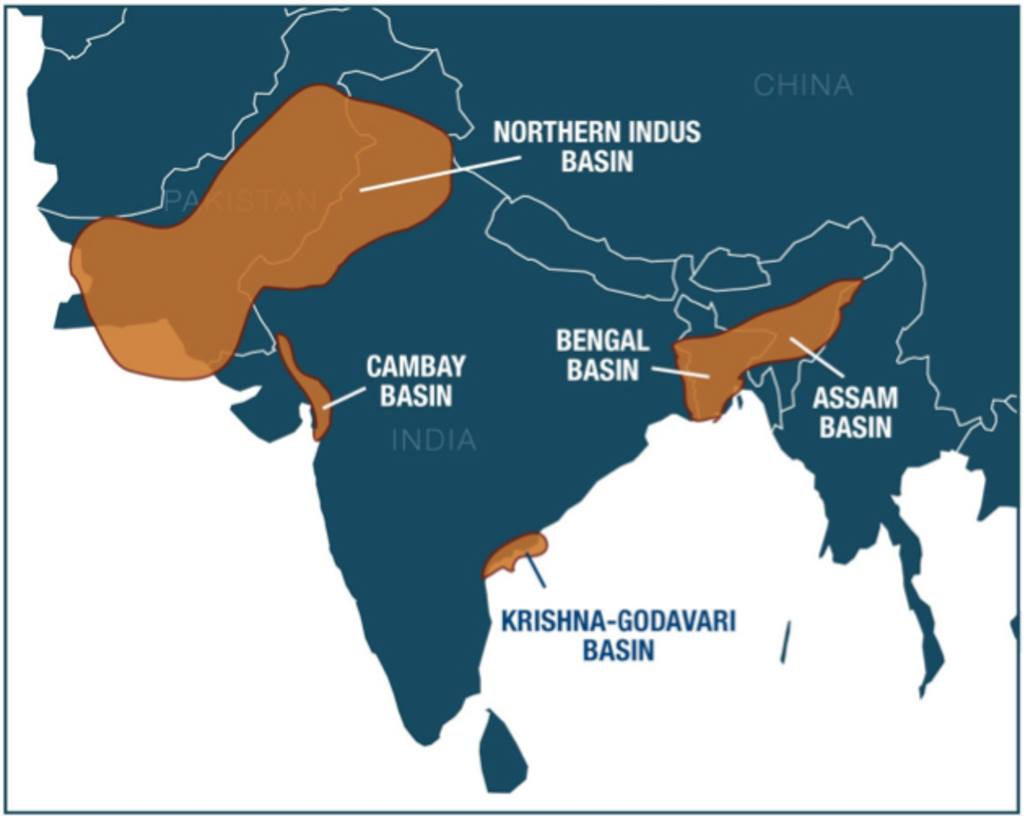Description

Disclaimer: Copyright infringement not intended.
Context
- Cairn Oil & Gas has announced that it is partnering US-based Halliburton to start shale exploration in the Lower Barmer Hill formation, Western Rajasthan.
What is shale oil?
- Shale oil is an unconventional oil produced from oil shale rock fragments by pyrolysis, hydrogenation, or thermal dissolution. These processes convert the organic matter within the rock (kerogen) into synthetic oil and gas.
How does it differ from conventional crude oil?
- The key difference between shale oil and conventional crude is that the former, also called ‘tight oil’, is found in smaller batches, and deeper than conventional crude deposits.
- Its extraction requires creation of fractures in oil and gas rich shale to release hydrocarbons through a process called hydraulic fracking.
- The key difference between shale oil and conventional crude is that the former, also called ‘tight oil’, is found in smaller batches, and deeper than conventional crude deposits. Its extraction requires creation of fractures in oil and gas rich shale to release hydrocarbons through a process called hydraulic fracking.
- Russia and the US are among the largest shale oil producers in the world, with a surge in shale oil production in the US having played a key role in turning the country from an importer of crude to a net exporter in 2019.

Status of shale oil exploration in India
- Currently, there is no large-scale commercial production of shale oil and gas in India.
- As per the US EIA 2015 report, India has got technically recoverable shale gas of 96 trillion cubic feet.
- The recoverable reserves are identified in Cambay, Krishna – Godavari, Cauvery, Damodar Valley, Upper Assam, Pranahita – Godavari, Rajasthan and Vindhya Basins.

https://indianexpress.com/article/explained/shale-oil-exploration-potential-explained-7630082/















